There are several different types of native shrub communities in Knowland Park, but none is as rare or fascinating as the remnant stand of maritime chaparral located on the northwestern side of the park. Chaparral is a quintessential California vegetation, and winter is an excellent time of year to explore the chaparral at Knowland Park. As you follow the path into brush, you’ll find yourself in a maze-like realm of twisted, lichen-encrusted trunks and unique plant life. Truly wondrous!
This post is the first in a series focusing on some of the native shrubs found there.
Chaparral is a plant community dominated primarily by evergreen shrubs that are adapted to drought and periodic wildfire. It’s a common vegetation type throughout much of California, but maritime chaparral–which grows within areas influenced by the sea and favors cool foggy summers and nutrient-poor soils–has become increasingly rare. The stand at Knowland Park provides excellent habitat for a number of species of wildlife including various birds (watch for upcoming posts), gray fox, bobcats, mountain lions, coyotes, woodrats, brush rabbits, mice, snakes (including the Alameda whipsnake protected by the Endangered Species Act), lizards and many different types of invertebrates. It also hosts a number of our locally rare plant species.
The plants that grow in chaparral have evolved with certain patterns of wildfire. Many of their adaptations are evidence of this relationship. For example, some species of shrubs produce seeds that require fire to germinate. Other species such as chamise, coast silk-tassel and some species of manzanita stump-sprout from burls at the base of the plant that survive even the hottest of wildfires and have stored energy to produce sprouts within weeks post-fire.
Similarly, the cycle of growth followed by fire favors different wildlife species at various points in the cycle. Dense mature stands, like the one at Knowland Park, have not burned for many years. Woodrats are common in these mature stands–they prefer the thick tangle of vegetation because they like to travel along branches. If you look carefully into the chaparral you can see their amazing houses which are shaped like pyramids and composed of accumulated sticks.
These houses provide habitat for other wildlife species including mice, salamanders, and many types of invertebrates. Woodrats are considered a keystone species: that is, a species upon whom many other species depend. When chaparral stands burn, brush rabbits move in to inhabit the open spaces that are created. The cycle repeats itself as the vegetation grows.
Impacts from rampant development along the coast, fire suppression, and vegetation management to reduce fuels in urban and suburban areas have reduced maritime chaparral so significantly that the California Department of Fish and Game now ranks these stands as rare and threatened within California. As a result, the stand of chaparral in Knowland Park is one of the very few places where people can see this type of vegetation in the East Bay Hills. It’s located almost entirely within Ground Zero–the proposed location for the expansion of the Oakland Zoo. If built, the expansion would enclose most of the park’s chaparral behind the perimeter fence. The aerial gondola would pass directly over the chaparral, and the Interpretive Center would be located at its immediate edge.
The best way to find the chaparral in Knowland Park is to enter the park at Snowdown and follow the path to the main fire road that bisects the park from east to west. Head west to the top of the knolls. The chaparral is the dense shrub community to the right (north). A good landmark is the cellphone tower located just across the road from the dense chaparral.
Want to know more about chaparral? An excellent resource is the Introduction to California Chaparral by Ronald D. Quinn and Sterling C. Keeley. 2006. California Natural History Guides. University of California Press.
Upcoming posts will focus on some of the shrub species found in chaparral in Knowland Park including manzanita, coast silk-tassel, chamise, coyote brush, and poison oak.
Laura Baker is an environmental activist and former conservation chair of the East Bay Chapter of the California Native Plant Society. She holds an MA in ecology and systematic biology. Growing up in Missouri, she learned early that the cure for most ills rests in spending time out in nature. She wishes for every child to have the experience of wholeness that nature provides.
Laura’s Knowlander blog is dedicated to building an online library of the natural history of Knowland Park so that the public may enjoy the park for the natural heritage treasure that it is. Knowing the land is a never ending process of inquiry open to all. We welcome your comments, contributions, and photos.
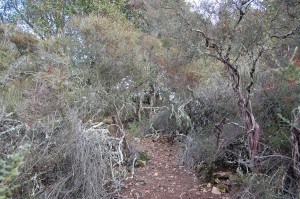
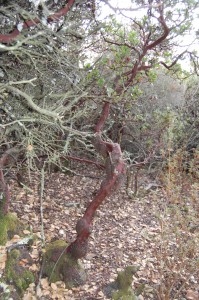
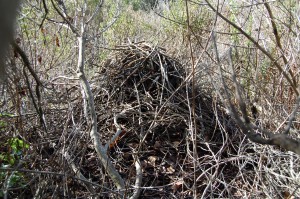

 Follow
Follow


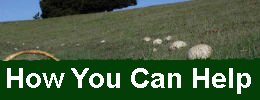




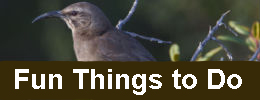
Pingback: Little Fuzzy Animals: Knowland Park’s Babies Threatened by Zoo Plans | Save Knowland Park()